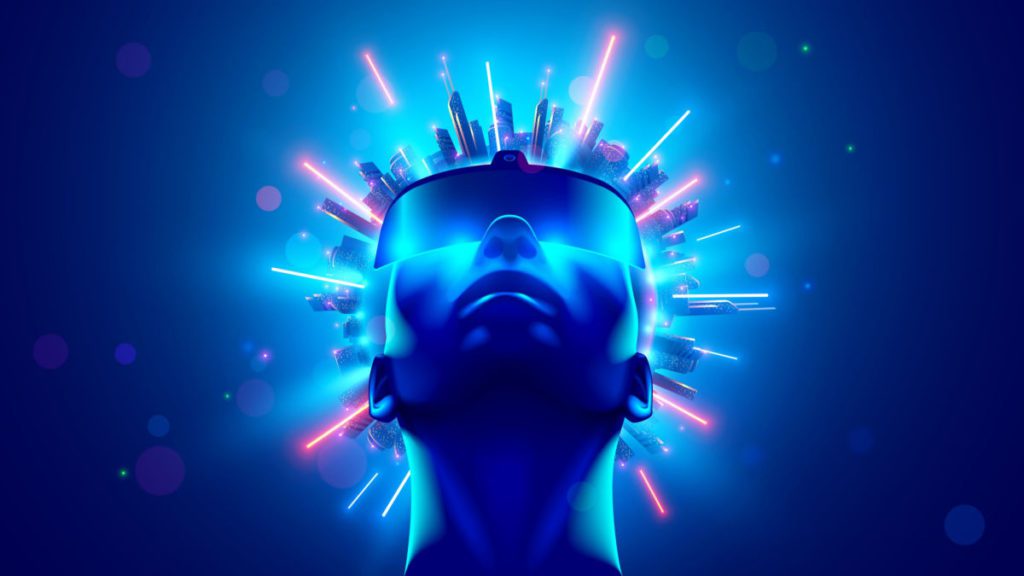Virtual experiences in the Metaverse are limitless. Already, brands are pushing the boundaries and expanding the limits of customer engagement. Even at this early stage, thought leaders are experimenting with previously unimaginable engagement techniques, from gamification to bespoke avatars.
However, as users become increasingly comfortable with virtual experiences, brands will find that what was once a novelty has become an expectation. While it won’t be possible to replicate specific experiences – the laws of physics remain despite consumer demand – Metaverse platforms will undoubtedly inform the enhancement of experiential brand experiences.
Trial by Metaverse
One way the Metaverse has already proved beneficial to organizations, particularly in manufacturing, is through digital twinning. Today, companies can road-test concepts in the Metaverse before rolling out the physical version.
This process works exceptionally well in product design and testing; however, it could be just as beneficial for experiences. Ultimately, boundaries will be required, and organizations will need to scale back and frame digitally twinned experiences within the confines of physics, but this won’t curtail innovation. So, what does a Metaverse-inspired experiential brand experience look like?
Experiential Retail
Perhaps the most important area that the Metaverse will inform is experiential retail. Today, the concept of experiential retail is well-established and refers to the process of providing consumers with unexpected experiences in traditional retail settings.
For example, the Brooklyn-based sports apparel brand Solfire has set up an in-store juice bar and fitness hub to encourage brand-focused community building. However, experiential retail will likely take a great leap forward with the onset of the Metaverse.
One organization notably pushing the boundaries is the fashion label CULT & RAIN. The company launched a digital and physical space consecutively. The Metaverse space, CULTR WORLD, has inspired the brand’s physical, 4D-interactive retail space, which is designed to echo the virtual experience.
Enhanced Enrichment
Metaverse events are gaining traction. Some of the biggest names in the music industry have held concerts on Metaverse platforms that have drawn huge crowds and critical acclaim.
Now, event organizers are in a position to take some of those elements and transpose them onto the roster of a physical performance schedule. For example, holographic technology, augmented reality, and other immersive wearables will enable more significant audience interaction and profound experiences.
The pop group ABBA recently performed as holographic avatars at a physical concert, enabling concert-goers to see the band as they appeared when they first hit the big time decades ago. Beyond this, as the Metaverse goes mainstream, we will see more examples of 4D, 5D, 6D, and 7D entertainment experiences.
It’s fair to say that in today’s entertainment sector, multi-dimensional movie experiences beyond 3D are somewhat of a gimmick. However, this will change as more users become accustomed to immersive experiences.
Experimental Dining
The world’s best chefs and restauranters are consistently trying to outdo one another in terms of food and ambiance. Michelin-starred establishments are judged on more than just the taste of their dishes.
That’s why I’ve included experimental dining in this roundup. The Metaverse will undoubtedly bring a new way of thinking about visualization in a restaurant setting. Whether that comes under projection mapping, AR menus, or any other visually-focused device, the Metaverse will significantly impact how food industry insiders move forward with interactive innovations.
Want to compete in the Metaverse? Subscribe to the My Metaverse Minute Channel:









